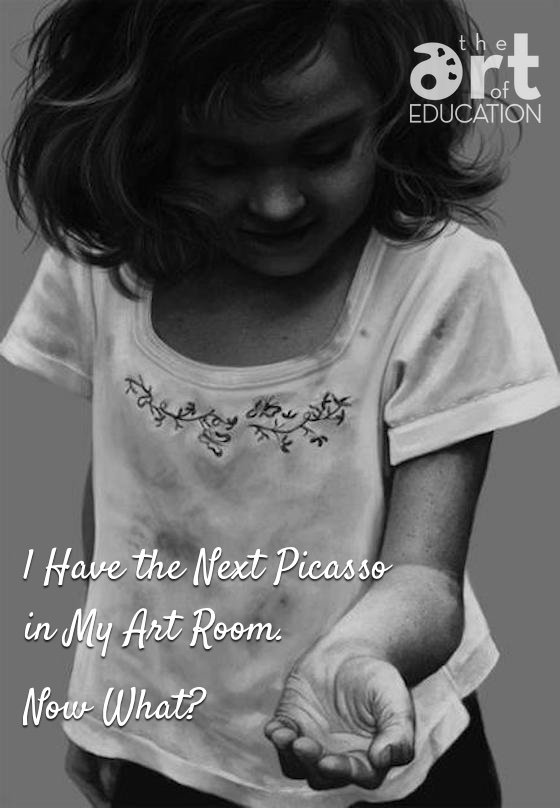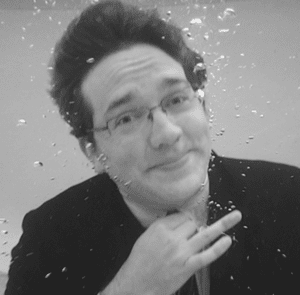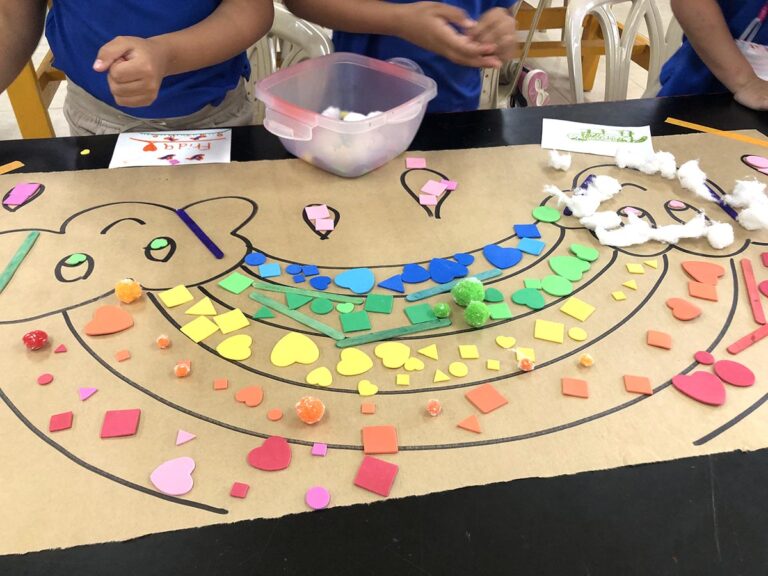We all know the story of Picasso–precocious wunderkind, doing incredible work by age 12, quickly becoming world-famous, and widely regarded as one of the greatest artists the world has ever seen (personally, he wouldn’t be in my top 100, but that’s a discussion for a different day). Do you ever feel like you have that type of kid in your classroom?

Giftedness can be specific to art, and though we don’t often think about gifted education in the art classroom, I would encourage everyone to start doing so. A great beginning would be to read What it Means to Teach Gifted Learners Well as well as Myths About Gifted Students. These make you think about not only what it means to teach our artistically gifted students, but what it means to teach all of our students.
Every once in a while, you run into the hypertalented, incredibly smart artists, and you’re not quite sure how to keep them challenged with your curriculum. Where can you lead them? What can they explore? Where should they go to find what they need to keep them engaged, keep them learning, and keep them excited about art? A simple set of suggestions from the Kennedy Center says you should appreciate, curate, and advocate–some of which you likely do as a teacher already.
In addition, there are a few concepts that could be considered the cornerstones of gifted education that can easily be applied to the art room.
Acceleration
Do our best high school artists really need to spend their time in Intro to Art? If your 4th grader can draw an entire cityscape in perspective, does he need to spend time learning how to draw basic cubes? Basically, acceleration is the idea that students can move through curricula at a quicker pace than normal (AP Studio Art or Dual Enrollment college credit would be examples of this at the high school level). As a teacher, it would be your job to match your teaching to what your gifted student is interested in, ready for, and motivated to do.
Compacting
At its essence, compacting is simply reducing the repetition of information that your kids already know. Instead, you can condense or modify the information you present in order to allow enrichment or acceleration. If your students can shade and draw with precision, don’t mess with the technical drawing exercises–skip them! Don’t waste their time! If they can blend paint and pastels, don’t mess around with value scales. Get them going on more interesting, more challenging things.
Grouping
Oftentimes, grouping gifted artists together allows for advanced instruction, which matches what your gifted students may need with their advanced skills and capabilities. Think about collaborative projects for your gifted students–you may not have another student on the level of your Picasso, but you likely have a few other gifted students that would benefit from the challenge as well.
Pull-Out Programs
Despite your best intentions and your best instruction, you may not be able to provide everything your gifted students may need. At that point, it is time to look at opportunities outside your classroom. Can they work one-on-one with an artist? Can they work at home? (Hoagies and Byrdseed are two great websites that may interest your gifted artists and their parents). Can they take art lessons outside of class? Are summer workshops available through a college or university? Each of these things are probably specific to the your city or region, so check out the possibilities. Your kids will thank you for it.
In the end, it’s great to have incredibly talented artists in your room, but it also gives you an extra responsibility. Sometimes these extensions can be difficult, and sometimes this extra work seems like a lot with all the other hats you wear as an art teacher. I would say, though, that you owe it to your kids to provide for them what they need as gifted artists. What if one of them really is the next Picasso?
Have you ever had a supremely gifted artist? What kinds of opportunities did you provide for him or her?
Magazine articles and podcasts are opinions of professional education contributors and do not necessarily represent the position of the Art of Education University (AOEU) or its academic offerings. Contributors use terms in the way they are most often talked about in the scope of their educational experiences.




